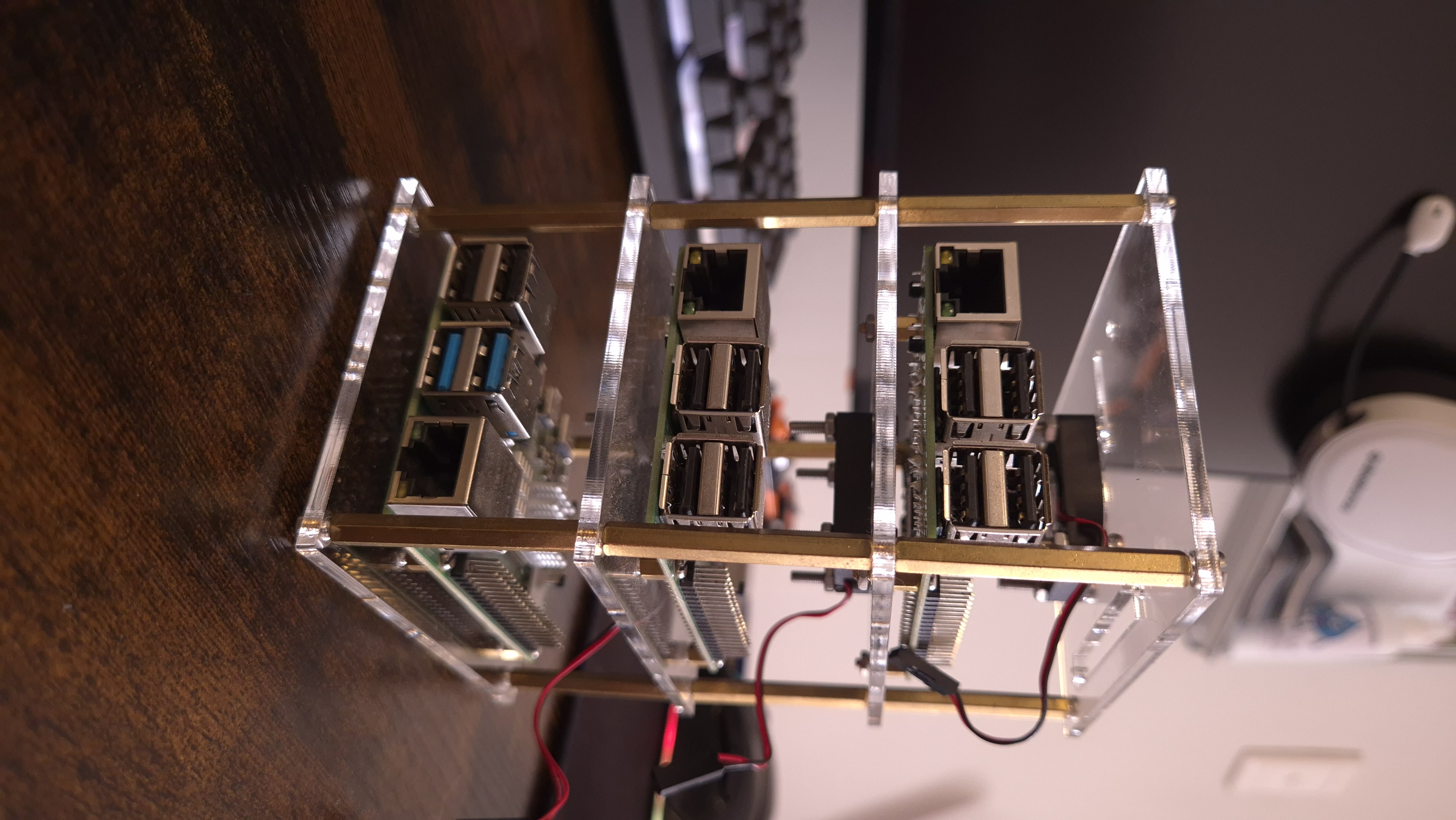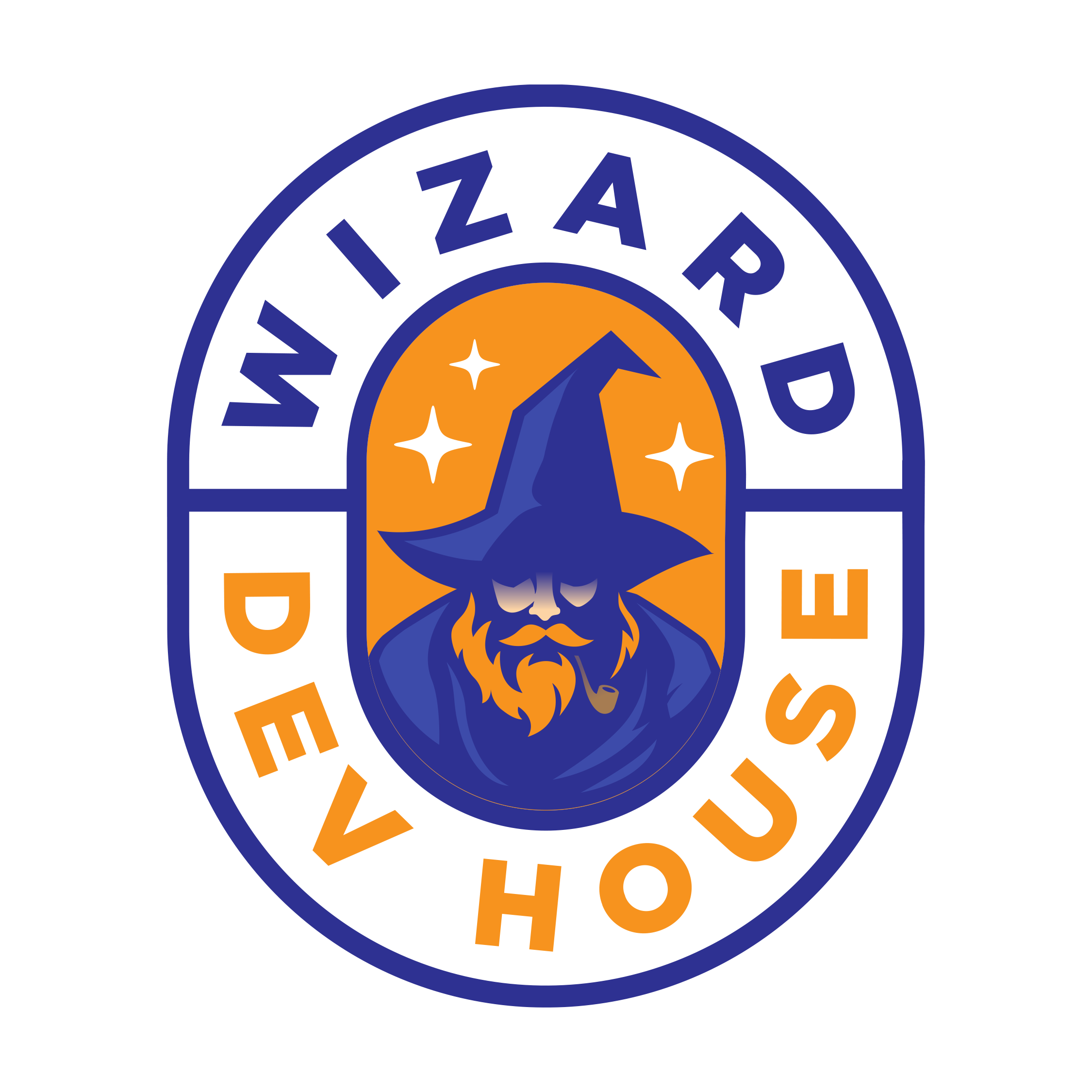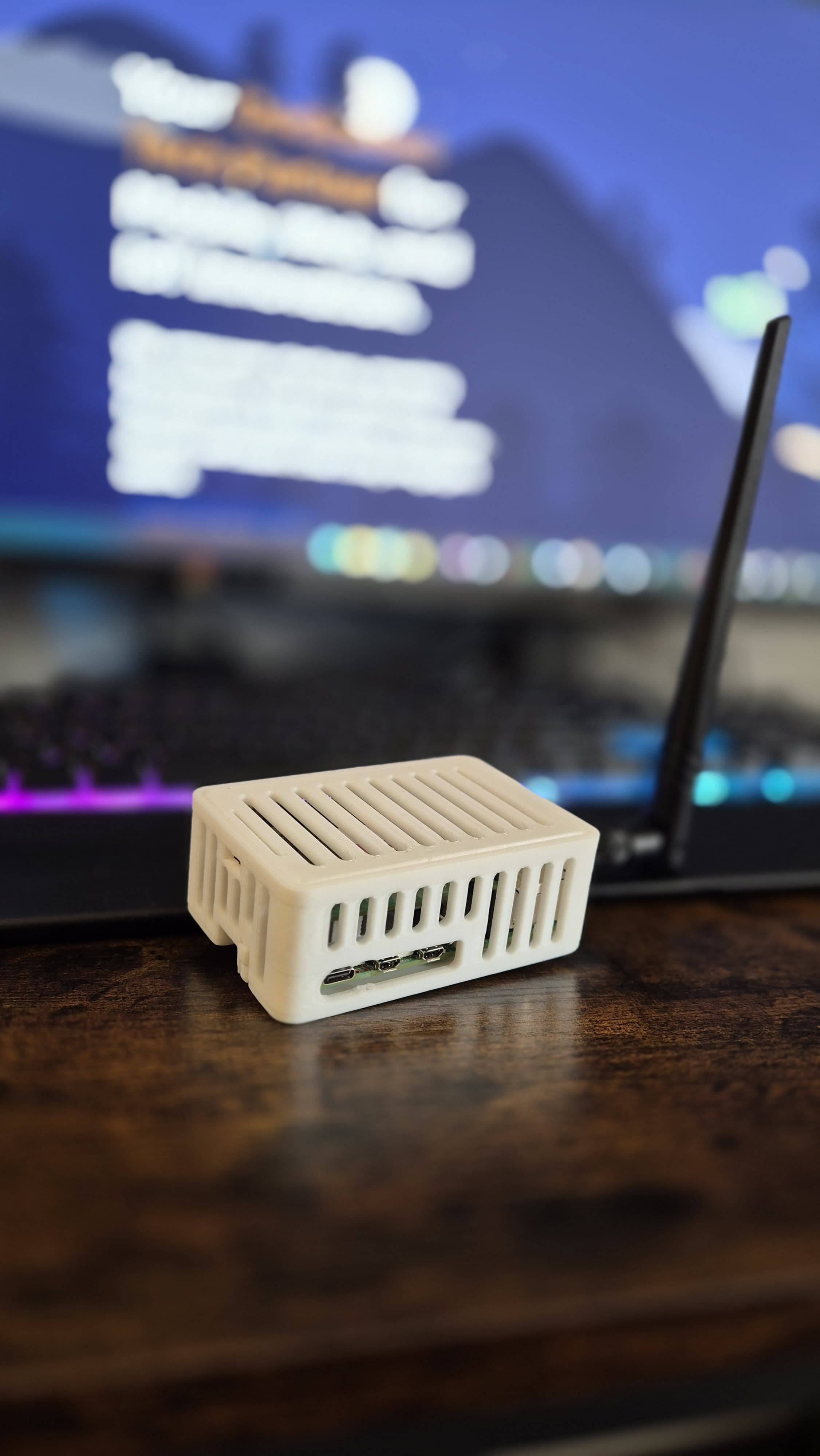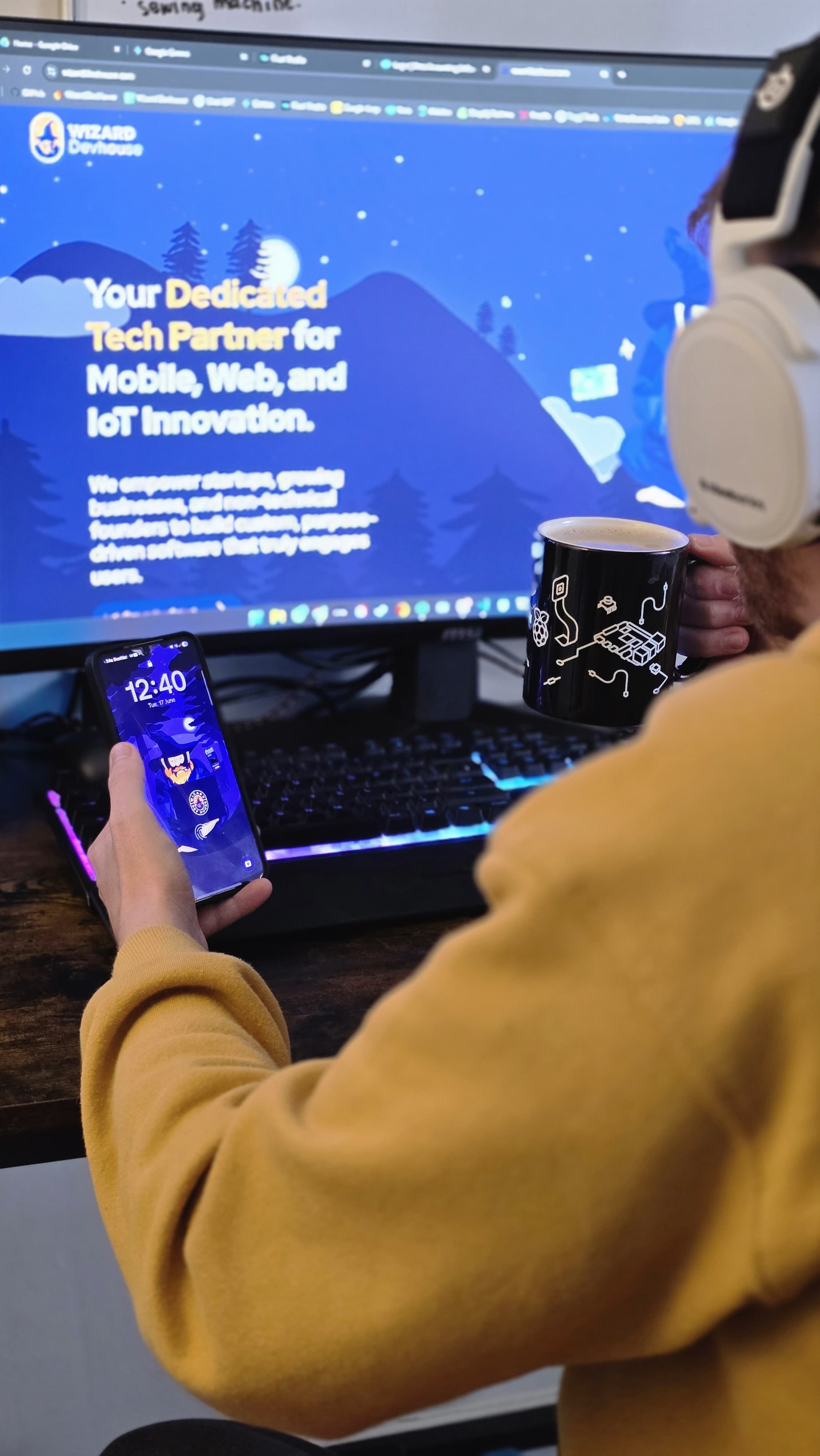
 Back to Blogs
Back to BlogsLego for Geeks: Building a Raspberry Pi Kubernetes Cluster
So, picture this: I'm your average tech-curious human, staring into the digital abyss, thinking, "There's gotta be more than just scrolling through endless feeds." That's when the itch started. The homelab itch. It sounded cool, mysterious, and frankly, a little bit intimidating. But hey, who am I if not slightly reckless in the pursuit of knowledge (and avoiding exorbitant electricity bills)?
My "Why?" list was pretty straight - forward:
- New Tech Shiny Syndrome: My brain just craved learning something new. Like a bird to a shiny object.
- Homelab Dreams: I envisioned my own little digital playground, a place where servers hummed gentle lullabies and data flowed like a majestic river (spoiler: it was more like a leaky faucet at first).
- Power Bill Panic: Let's be real, the thought of a power-hungry server rack made my wallet whimper. Low-powered was the mantra.
- Lego for Geeks: I wanted something modular, something I could tinker with and expand without needing a second mortgage.
- Skill Sharpening Shenanigans: Time to put those developer fingers to good use beyond the usual code commits.
- Pi-Curious: I love working with Raspberry Pis and all their possibilities, but this cluster was new territory for me.
And like any good developer facing a problem, I dove into the glorious chaos of the internet. YouTube became my teacher, Stack Overflow my reluctant therapist. Suddenly, I was drowning in acronyms and debates. Kubernetes? Portainer? Komodo? It felt like choosing a starter Linux distro, but with significantly more YAML files. Load balancing? Sounded fancy. Did I care? Honestly, at that point, I was just trying to figure out how to turn the darn thing on.
The research rabbit hole led me down paths of beefy servers running virtual machines, and then to the other extreme: single Raspberry Pis chugging away with Docker. My gut said somewhere in the middle was the sweet spot. I wanted a cluster. A little digital posse of Pis working together. The idea of easily adding new members to this tiny compute commune was appealing.
Kubernetes (K8s) initially felt like trying to operate a spaceship when all I wanted was a scooter. It looked… complicated. Then, like a beacon in the YAML-infested night, I found K3s. "Lightweight Kubernetes for edge-to-edge and IoT." Bingo! This was the scooter I was looking for. It's like learning to juggle flaming torches before you've mastered throwing a single beanbag. You get the core concepts, but with significantly less chance of digital third-degree burns.
Turns out, the legendary NetworkChuck had even dabbled in this a while back. Seeing the project was still alive and kicking gave me the confidence boost I needed. But even Chuck's setup, while inspiring, seemed to involve a labyrinth of configurations and steps that made my head spin. There had to be a simpler way.
Enter my "Ah ha!" moment: k3sup (bless your streamlined soul, "Ketchup"). This little piece of magic was specifically designed to make K3s setup a breeze. We were officially in business!
Time to assemble the troops. A nifty cluster stand from PiShop (because aesthetics, even for tiny computers, matter), a network switch (the unsung hero of this operation), and a powered USB hub (because powering a Pi army requires some serious juice). My head node? A trusty Raspberry Pi 4b. My loyal worker bees? Three Raspberry Pi 3bs.
The setup began. My first attempt took a solid two hours, mostly thanks to my… let's call it "developing" understanding of networking. I had this grand vision of a subnet with the master Pi as the benevolent .1 and the others just magically appearing on the network switch. Simple, right? Ha! The universe (and my lack of knowledge) had other plans. Let's just say there was a lot of Googling and frustrated sighing. At that stage, the whole process felt like trying to solve a Rubik's Cube blindfolded while listening to heavy metal. Success seemed like a distant, improbable dream.
Finally, the networking gods smiled upon me. Then came K3s. The second attempt was a revelation! Getting the initial setup running took well under 30 minutes, and adding each subsequent node was a breeze – closer to ten minutes each. Progress! I felt like a digital Dr. Frankenstein, but instead of a monster, I had a tiny, blinking cluster.
So, what did I actually learn in this glorious adventure? Buckle up:
- Technologies? Galore! I dove into the wonderful world of Linux, got my hands dirty with Raspberry Pi OS, flirted heavily with Docker, and ultimately fell for the charms of Kubernetes (specifically K3s). And let's not forget the magic of k3sup.
- Industry Tidbits? Plenty! I touched on containerization, orchestration, networking fundamentals, and the basics of server infrastructure (albeit on a miniature scale).
- Docker's Delight: Think of Docker as lightweight shipping containers for your applications. They bundle everything an app needs to run, making it super easy to move them around and keep them isolated. Benefits? Consistency, efficiency, and portability.
- Kubernetes Kudos: Kubernetes is like the ultimate conductor for your container orchestra. It manages and scales your Docker containers, ensuring they're running smoothly and efficiently. Benefits? Scalability, resilience, and automation.
- Small Scale Effectiveness? Surprisingly Yes! While K8s can seem overkill for a homelab, K3s makes it surprisingly manageable. It gives you a taste of the power and flexibility of orchestration without the full complexity.
What's next for my little cluster?
Time to actually use it! My homelab dreams are still in progress. On the horizon: an NFS server for shared storage, Jellyfin for my media, Pihole to tame the internet ads, and a snazzy dashboard to keep an eye on everything. Plus, the exciting prospect of finally hosting some test servers for our web development projects at WDH.
Looking back, would I do anything differently? Absolutely!
- Network Boot Nirvana: Next time, I'd love to explore network booting for the slave nodes. Imagine booting directly from an image on the master! Fewer SD cards to manage? Yes, please!
- Power Over Ethernet Paradise: If the budget allowed, PoE hats for each Pi would be a game-changer. Less cable clutter? My sanity would thank me. Cable management and I have a complicated relationship (mostly involving me hiding them under things).
So there you have it. My journey into the world of tiny computers and lightweight Kubernetes. It was messy, occasionally frustrating, but ultimately incredibly rewarding. I learned a ton, didn't (miraculously) fry any circuits, and now have a blinking, buzzing testament to my slightly obsessive desire to learn new things. Stay tuned for the next chapter, where I hopefully manage to load some actual applications without setting the house on fire (figuratively, of course… mostly).
Written by Matthew Betts

Matt Betts
Founder • Lead Developer • Technical Consultant
Over 12 years building software and guiding teams. I work hands-on with founders to shape clear, reliable systems across web, mobile, and IoT.
Check out my LinkedInInsights
Recent articles from Wizard Dev House

Ditch the Desktop, Embrace the Pi: Your New Favorite Dev Companion!
Let's talk web development. For years, the drill has been pretty standard: whip up some files, open 'em in Chrome, maybe fire up an Apache, …
Read More

Lego for Geeks: Building a Raspberry Pi Kubernetes Cluster
My journey into the world of tiny computers and lightweight Kubernetes. It was messy, occasionally frustrating, but ultimately incredibly re…
Read More

Vibe Coding: Shortcut to Genius or Highway to Hell? (A Grumpy Old Dev'…
Alright, digital architects and code-slingers, let's talk about the latest shiny object distracting developers: "Vibe Coding." You know the …
Read More

Step-by-Step Guide to Building Your Raspberry Pi Cluster
This guide will walk you through setting up a Raspberry Pi cluster, including configuring static IPs, disabling Wi-Fi, enabling cgroups, and…
Read More